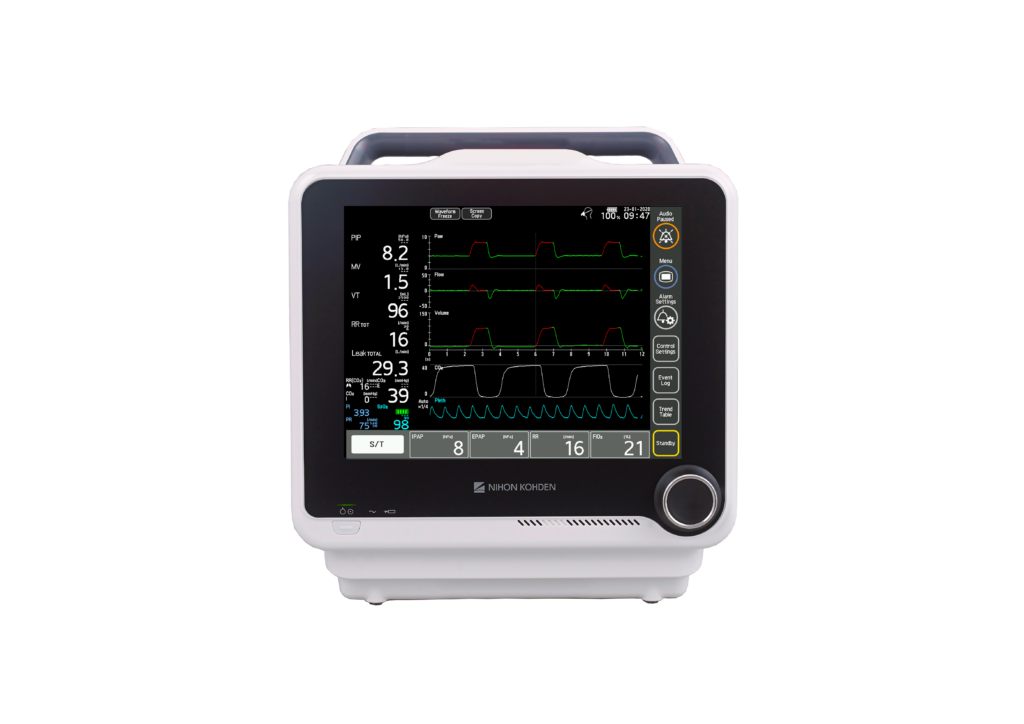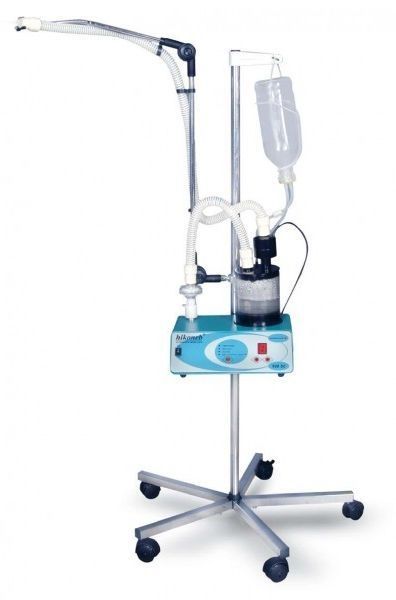

The clinical combination of delayed emergence and failure to recover from neuromuscular blockade should prompt an anesthesia provider to consider PChE deficiency and institute immediate intervention. 11 Unrecognized PChE deficiency can lead to a patient emerging from anesthesia paralyzed but awake following surgery. PChE deficiency is a rare but potentially critical cause of postoperative morbidity, manifesting as unexpected, prolonged paralysis, apnea, and delayed emergence following general anesthesia. 10– 12 Biologically active esters requiring PChE for metabolism include the depolarizing neuromuscular blocking agent succinylcholine and the nondepolarizing neuromuscular blocking agent mivacurium. Pseudocholinesterase (PChE) is a plasma protein synthesized by the liver that has an enzymatic activity of ester hydrolysis, which is important in the metabolism of a number of commonly used medications. Given the difficulty estimating the true incidence and the multiple etiologies of delayed emergence, prior preparation and vigilance are vital and potentially lifesaving when these situations arise. 2, 7– 9 An organized approach to delayed emergence in the form of development of a differential diagnosis and response to symptoms is imperative for anesthesia providers. 9 The differential diagnosis for delayed emergence also includes surgical complications, neurologic sequelae, endocrine disturbance, metabolic derangement, and psychiatric conditions.

2, 7– 9 The most common causes of delayed emergence are residual anesthetic agents, drug interactions, and polypharmacy therapy. 7 The paucity of clinical studies on this phenomenon has limited anesthesiologists from defining its true incidence, but one study in New Zealand involving more than 13,000 surgical patients found that prolonged sedation events occurred in the studied center at a rate of about 0.25%, indicating that anesthesiologists are faced with this clinical dilemma once per 400 patients. 6 Delayed emergence is defined as the failure to regain consciousness 30–60 minutes after general anesthesia, and the clinical presentation often involves both altered mental status and respiratory complications. 3– 5 A study of in-hospital medical injuries in the United States, of which postoperative complications are a subset, estimated that these complications contribute to 2.4 million extra days of hospitalization, $9.3 billion in added expense, and more than 32,000 deaths annually. Certain procedures are associated with unique additional risks and complications requiring timely intervention in order to reduce negative sequelae. 1, 2 Postoperative complications occur at significantly higher rates among patients undergoing general anesthesia and having orthopedic and abdominal procedures. Studies indicate that postoperative complications occur at a rate nearing 25%. Medical students are paired with resident physicians for scenario development and work with faculty to produce valuable educational activities that benefit the entire department. We use this exercise as an educational opportunity for medical students rotating clinically in our department. Responses were positive, and constructive criticism led to modifications to the exercise after development. Learners provided evaluations of their experience participating in the exercise, and resident physicians evaluated their experience proctoring the sessions. This exercise is easily reproduced using modern simulation mannequins without specialized programming. The debriefing includes discussion of risk-reduction strategies for incorporation in clinical practice.

It is intended to reinforce required reading assignments and improve the approach to delayed emergence from anesthesia.

We employ this exercise using an anesthesiology resident physician to proctor, a simulation technician to program and run, and a faculty anesthesiologist to mentor each session. It is a 1-hour small-group learning activity centered upon a single patient encounter. This simulation exercise is designed for medical students, student nurse anesthetists, and resident physicians. These patients are unable to effectively metabolize the muscle relaxants succinylcholine and mivacurium, leading to prolonged paralysis following administration. Pseudocholinesterase deficiency is an important consideration in delayed emergence. Causes include residual anesthetics, pharmacologic actions, surgical complications, neurologic events, endocrine disturbances, and patient-related factors. It commonly involves altered mental status and respiratory compromise leading to increased morbidity, operating room delays, and increased cost. Delayed emergence is failure to regain consciousness following general anesthesia.


 0 kommentar(er)
0 kommentar(er)
